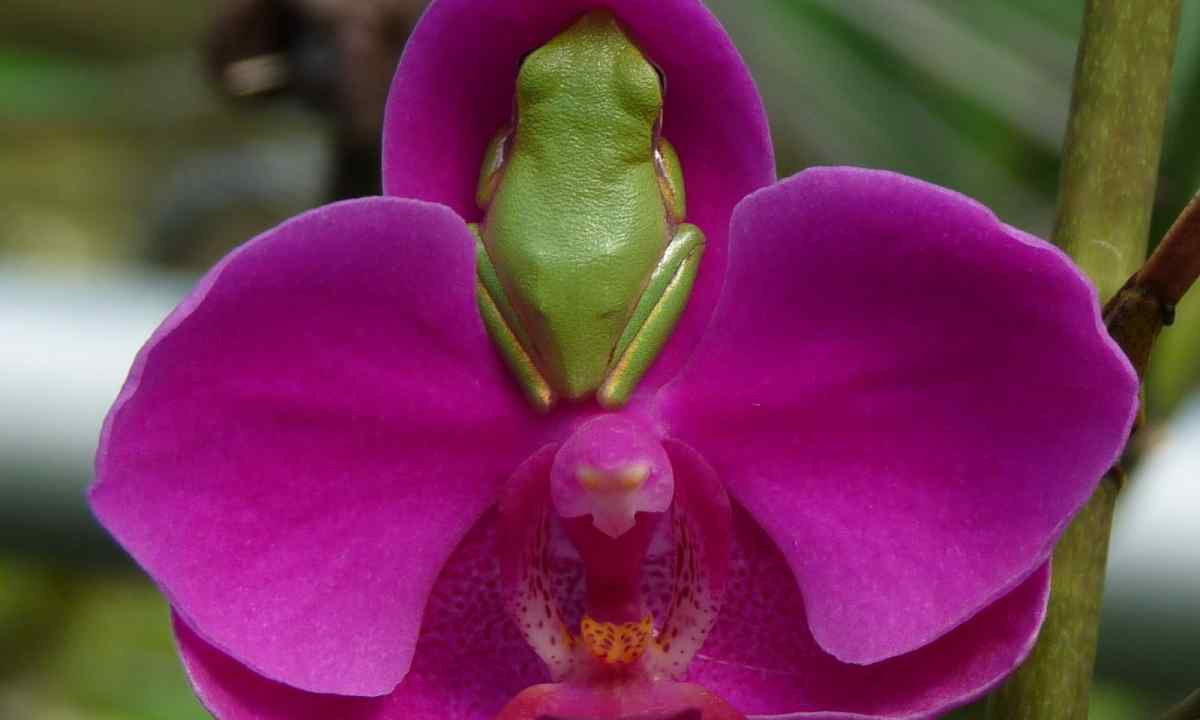To define type of orchid rather difficult, especially if it does not blossom. Being guided by the groups allocated with flower growers it is possible to provide to orchid necessary space and leaving.
Instruction
1. At identification of species of orchid consider that externally they differ in huge variety. Among them there are plants giants, for example, vanilla. Its stalk liana reaches in length of several meters. Under weight of bushes of grammatofillum large trees break. Along with these giants, there are also dwarfish types, for example, of dendrobiuma and sofronitisa. When blossoming they quietly find room in matchbox. Besides, the form and color of orchids can resemble so what to distinguish them from each other becomes possible, having only waited for blossoming.
2. Learn to distinguish orchids on their belonging to one of two big groups: monopodialny and simpodialny. Flower growers allocate these groups, based on features of branching of plants.
3. Pay attention to monopodialny orchids. At them the top kidney is present at extent of all life of escape thanks to what the plant beyond all bounds grows in length. Here all lianovidny orchids and also socket types belong. At the last the stalk, on the contrary, very slowly grows in length, and the top leaflets gather in the socket. Inflorescences, as well as side escapes, appear from side kidneys which are stuffed up in bosoms of leaves. For example, phalaenopsis can be distinguished on abundance of roots and quite wide yazykovidny leaves.
4. Reveal signs of simpodialny orchids. They differ from monopodialny in the fact that the top kidney dies off or moves to inflorescence after the plant reaches certain sizes. This escape stops growing in length, and at the basis new begins to grow. Along with inflorescences from top kidneys, also inflorescences are formed of kidneys on side escapes. Besides, at the orchids relating to simpodialny look stalks which turn into tubers over time are strongly thickened and are called bulbs. Their shape can be both round, and strongly extended.

